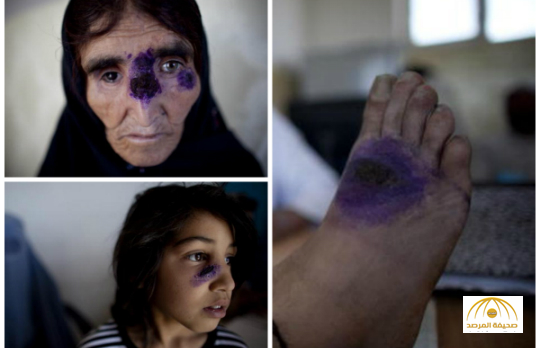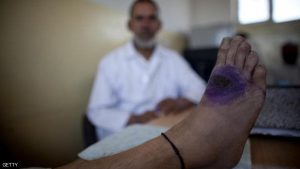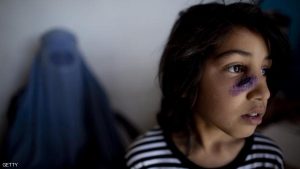طفيليات "آكلة للحوم" تنهش معاقل داعش وتهدد أوروبا-صور

صحيفة المرصد-سكاي نيوز:فاقمت الحرب المستمرة بضراوة في المنطقة، معاناة ملايين النازحين واللاجئين، لكنها باتت تنذر، مؤخرا، بأمراض خطيرة قد تنتقل إلى عقر أوروبا.
وتتغذى المخاوف في القارة العجوز من استشراء المرض الآكل للحم في سوريا وبلدان مجاورة لها، بصورة سريعة، بعدما أتاحت معارك تنظيم "داعش" الإرهابي الحاضنة المناسبة للتفشي.
وذكرت وسائل إعلام أسترالية أن المرض الطفيلي الذي ينتقل عبر الحشرات قد يفرز نتائج وخيمة، لاسيما أن هناك أشخاصا يغادرون سوريا للجوء في البلدان القريبة أو الهجرة إلى أوروبا.
ويعاني الأشخاص المصابون بالمرض الآكل للحم من حصول فتحة في مناطق من جسمهم تشرع في نهش الأعضاء شيئا فشيئا.
وتنجم ثقوب عميقة عن المرض في الأنف أو في الحنجرة كما تتسبب بمصاعب تنفسية قد يفقد معها المريض حياته، أو يعيش بتشوهات كبيرة في حال تجاوز المرض وتماثل للشفاء.
وأدت ضراوة الحروب في عدد من بلدان المنطقة إلى تفاقم الإشكالات الصحية جراء نقص المياه والضعف الكبير في إمكانيات العلاج.
وذكر المراكز الأميركية لمراقبة الأمراض والوقاية منها أن المرض بدأ، مؤخرا، بالتفشي في سوريا ودول مجاورة لها، قائلة إنه امتد إلى تركيا ولبنان والأردن.
وفيما لم تسجل بلبنان سوى 6 حالات ما بين 2000 و2012، أصيب 1033 شخصا بالمرض، سنة 2013، وفق ما ذكرت وزارة الصحة اللبنانية، علما أن 96 في المائة من المئة من المصابين بين لاجئين ونازحين سوريين.
أما في تركيا والأردن واليمن فتم تسجيل مئات الحالات، وسط تحذيرات من انتشارها في مراكز اللجوء بأوروبا.
































